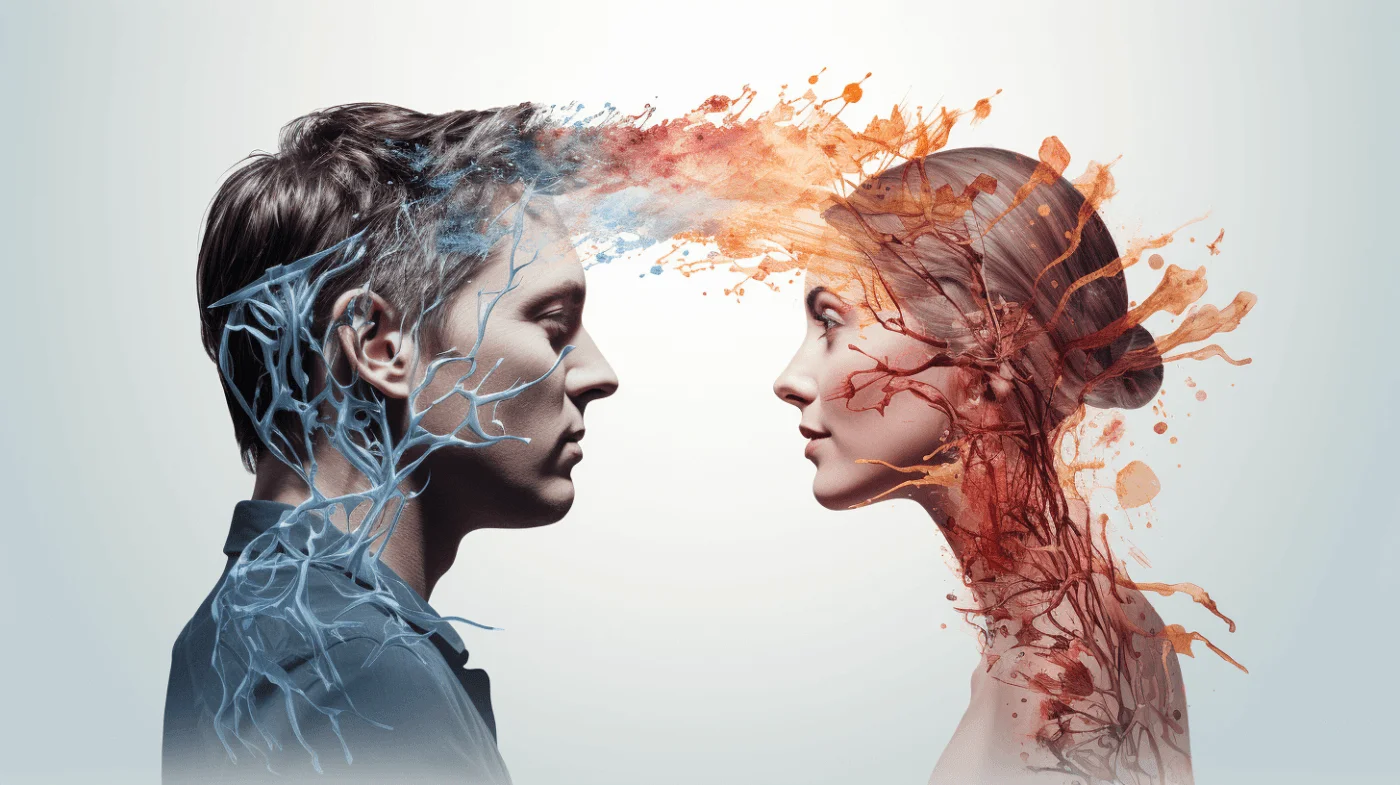Science
Was There an Unknown Human Species? A New Discovery Surprises
30 June 2025

Love has been screened inside out in countless songs, books, and movies. Does science study love too? (Un)surprisingly, the answer is yes. Let’s see what neurobiology has to say.
For starters, research has proved there is more than one type of love in store. Psychologist Robert Sternberg lists three components of that state: passion, intimacy, and commitment. Interestingly, this theoretical classification corresponds to the brain’s actual reactions.
Passion accounts for strong emotions in a relationship. It comes into play when two people fall in love, making them strive to spend every bit of time together, look each other deep in the eyes, and seek physical intimacy. Passion cannot be controlled—you don’t just turn it on and off as desired. The affection simply flames up at a certain point and its ultimate power makes the partners lose their objective look until they start to adore each other.
Two people with intimate love trust each other, wish to make each other happy, and provide mutual help in need. As such, intimacy is not reserved for romantic partners only: a parent–child relationship or the bond between a human and their pet can also include this important component. Contrary to passion, intimacy is established gradually as it requires shared experience and communication. How does it manifest itself then? One sure sign is the partners’ ability to comfort each other in the most effective way.
We recommend: Hearts Wide Open: Five Types of Love
Commitment is the most conscious and controllable aspect of love because it’s based on a decision. “I choose to build our mutual future with care and support”—words like these, whether thought silently or spoken out loud, epitomize the essence of a committed attitude. This component of love dies out last, and one thing that keeps it up is sacrifice for the partner. Undertaken every now and then, it has the hidden power to strengthen the bond. Interestingly, people in long-term relationships believe they make some kind of sacrifice as often as every other day.
Naturally, the three components can form various combinations. A bond based on passion alone is called infatuation, while companionate love built on intimacy and commitment is commonly known as friendship. However, only the union of all three produces a complete relationship, also referred to as consummate love, in which all the crucial needs are satisfied.

Beside the research on love in general, science has also studied the differences between men and women when it comes to falling in love. One particularly interesting finding concerns the biochemical changes in their brains.
In both sexes, the early stages of love, which is when passion reaches its peak, are mainly conditioned by dopamine—a neurotransmitter that underlies the feeling of pleasure and motivates us to take action. Once intimacy and trust set in, women show increasing levels of oxytocin. This hormone of closeness is also released during activities such as kissing and cuddling, and creates the feeling of attachment. Since high testosterone levels block oxytocin release, vasopressin takes over the bonding role in men. However, the two hormones differ in their action: during an orgasm, the oxytocin level rises abruptly, while vasopressin drops. Consequently, the man may no longer feel attached to his partner, and that’s why some relationships break up pretty quickly after the first time.
The above dynamics makes commitment even more important than it rightly seems. Studies have shown that men’s testosterone levels decrease considerably after getting married. Therefore, oxytocin is no longer blocked and can do its normal job, making the husband grow attached to his wife. The wedding vows thus become the definitive act of commitment: the decision is the crucial element for men to build a stable relationship.
Still, the male brain doesn’t necessarily need marriage to start producing oxytocin. The secretion of this hormone has also been noted in bachelors declaring their strong commitment to building a mutual future with their partner and staying with her in good and bad times.
We recommend: Love Has Many Names: The Intangible Charm of Wine
While hormones remain important, love also affects the very function of the brain. Let’s see how the three components of love manifest themselves on the neural level.
Passion strongly activates the brain’s reward system—the cerebral regions connected with pleasure and dopamine. The structures related to obsessive thoughts also work intensely at that time. Consequently, people in love behave as if intoxicated: they feel happy to the verge of ecstasy and cannot stop thinking about their partner. Moreover, merely looking at the partner’s photograph suppresses the activity of the brain region which controls critical thinking. No wonder adoration sets in, making the couple blind to each other’s flaws.
Intimacy and commitment are hard to separate in terms of brain anatomy, so they can safely be analyzed together as a state of remaining in a long-term relationship. This was proved in a study involving participants who declared that they were still deeply in love with their partner despite many years together. Their average relationship duration was 21 years, and the experiment consisted in checking the brain’s response to the partner’s photograph. It turned out that the joy of looking at the beloved one hadn’t faded and the pleasure center in the brain was highly active, just like in the state of infatuation. However, people in long-term relationships also showed a pronounced activity of the brain regions which account for parental love. Thus, it seems that the passing time makes care and concern for the partner the major components of the bond.
The above study becomes even more intriguing in conjunction with another one, where the researchers compared the brain pictures of couples at the beginning of their romantic relationship and three years later. The people who remained together after that time had shown a reduced activity in certain brain structures already at the early stage of intense romantic love. Those included the region responsible for the representation of one’s self in the mind. The finding is consistent with other reports, according to which the concept of self becomes blurred in love and gets blended with the partner’s self. Furthermore, the more intense the phenomenon in question, the higher the chance that the relationship will last longer.

You may also like:

Humanism
29 June 2025


Zmień tryb na ciemny